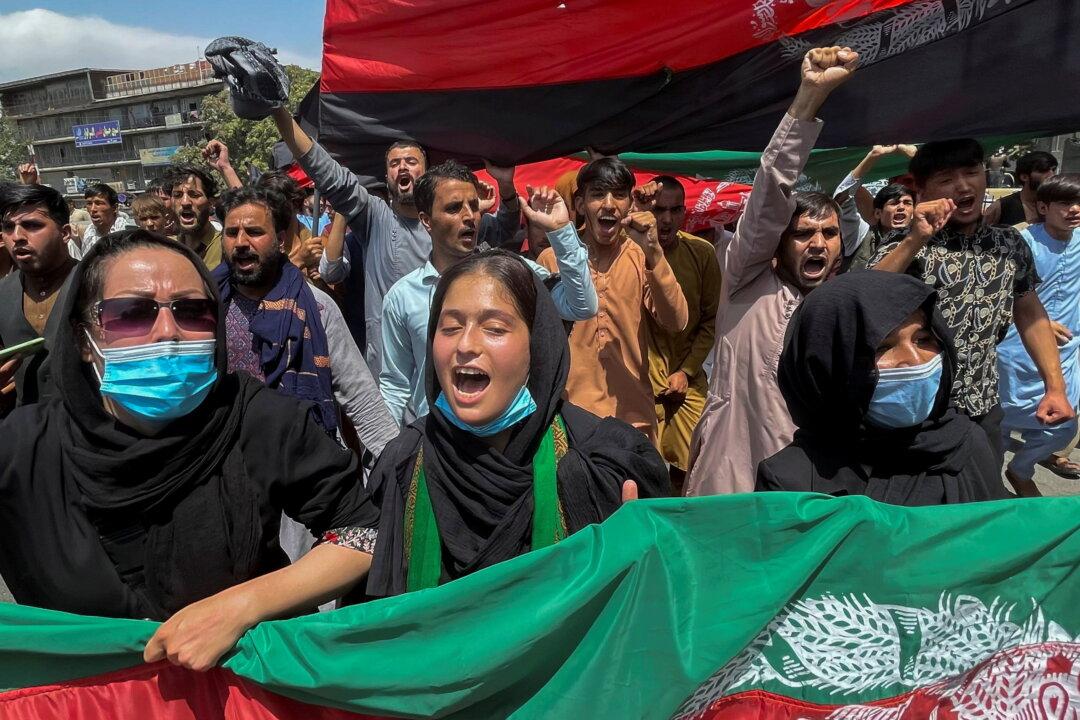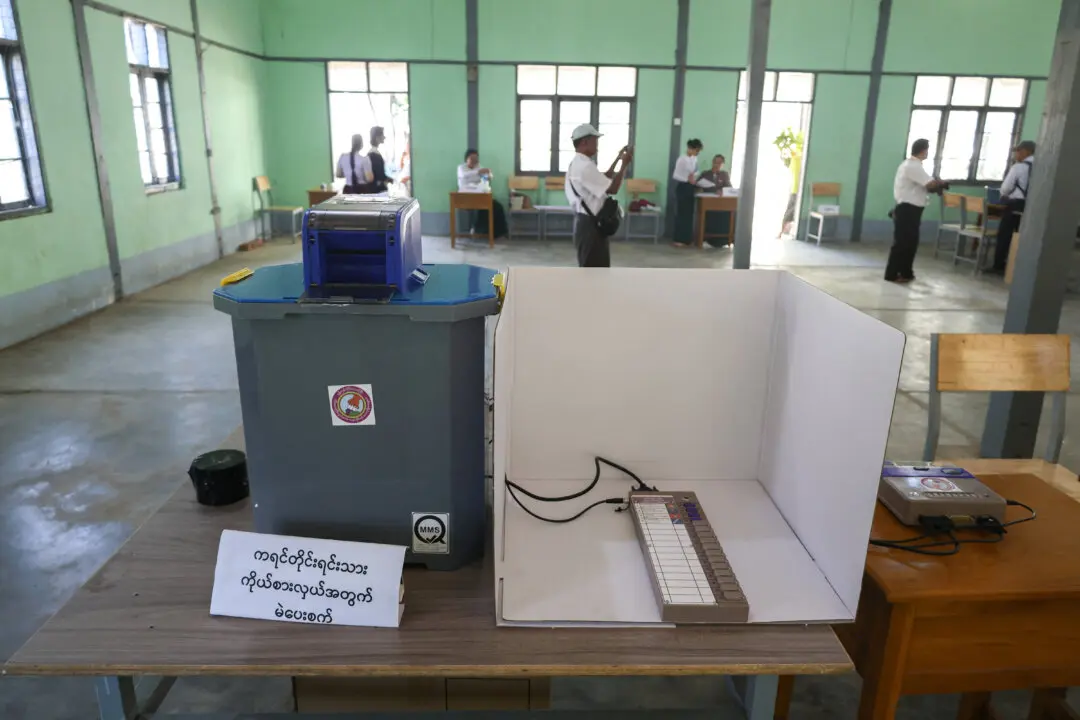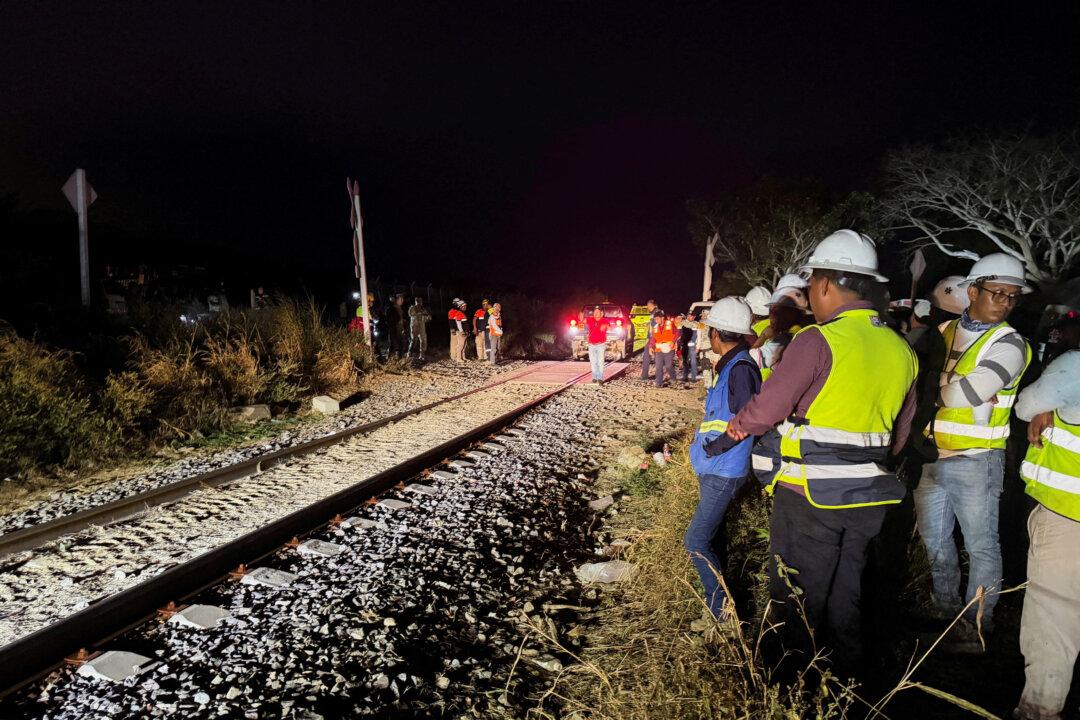Forces holding out against the Taliban in northern Afghanistan say they have taken three districts close to the Panjshir valley where remnants of government forces and other militia groups have gathered.
Defense Minister General Bismillah Mohammadi, who has vowed to resist the Taliban, said in a Twitter post that the districts of Deh Saleh, Bano, and Pul-Hesar in the neighboring province of Baghlan to the north of Panjshir had been taken.





